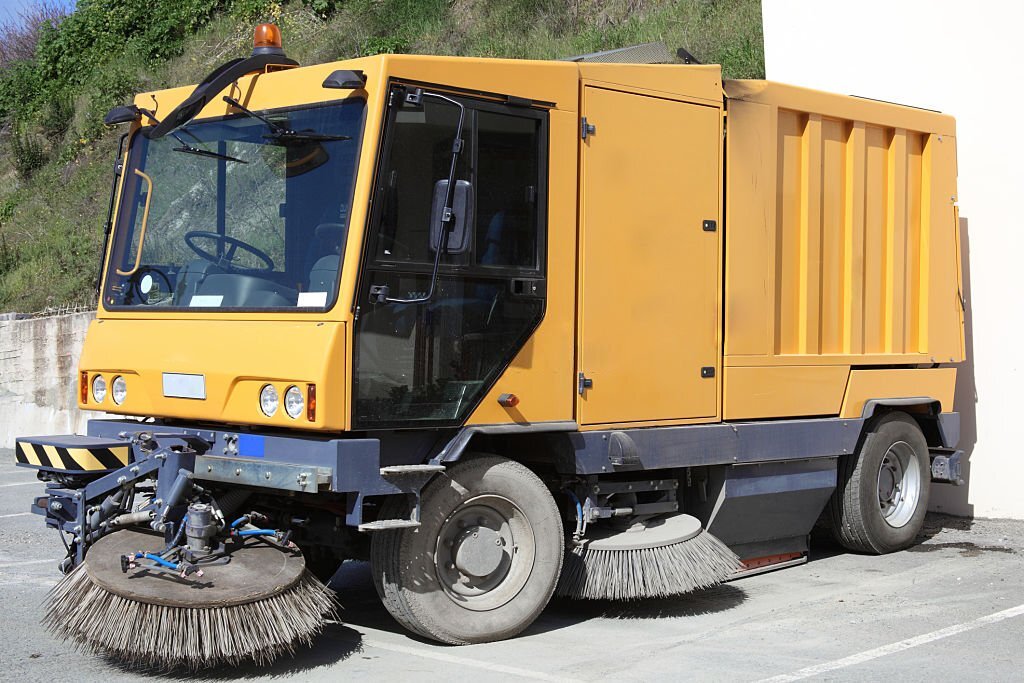
Introduction
Heavy equipment environments, such as construction sites, industrial facilities, and warehouses, are notorious for generating dust and debris that pose various challenges. These particles not only impair visibility and hinder equipment performance but also create safety hazards for workers. In this article, we will examine how sweeper machines play a crucial role in combatting dust and debris, enhancing safety, and maintaining cleanliness in heavy equipment environments.
1. Efficient Dust Suppression
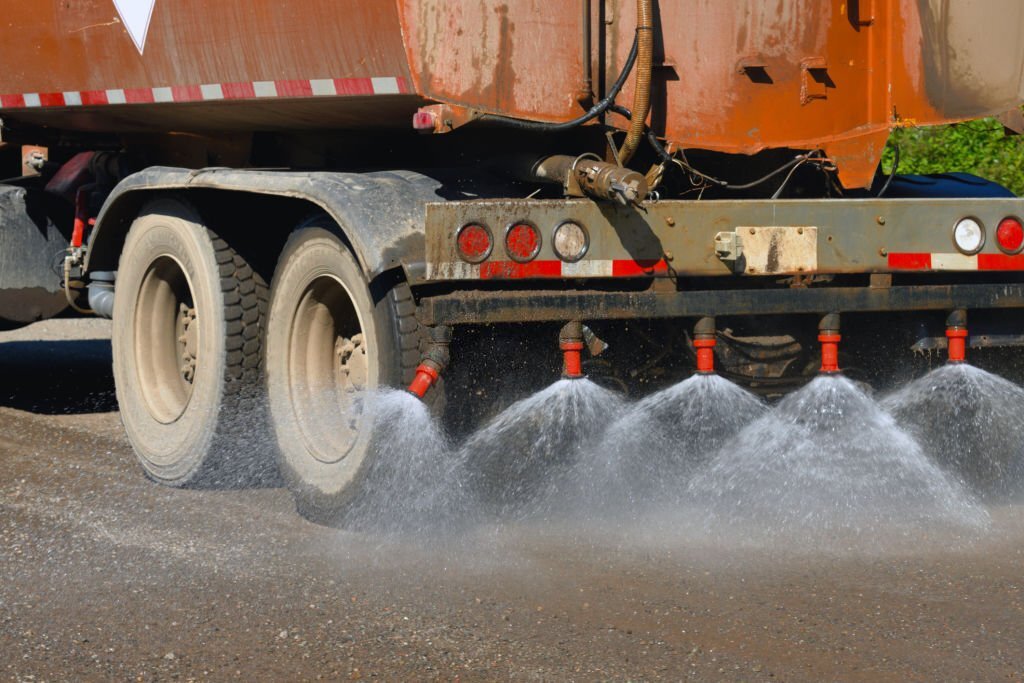
One of the primary functions of sweeper machines is efficient dust suppression. These specialized machines are equipped with powerful vacuum systems and brushes that sweep up dust and fine particles from the ground. By capturing airborne dust at the source, sweeper machines significantly reduce the dispersion of harmful particles, improving air quality and reducing health risks for workers.
2. Debris Removal
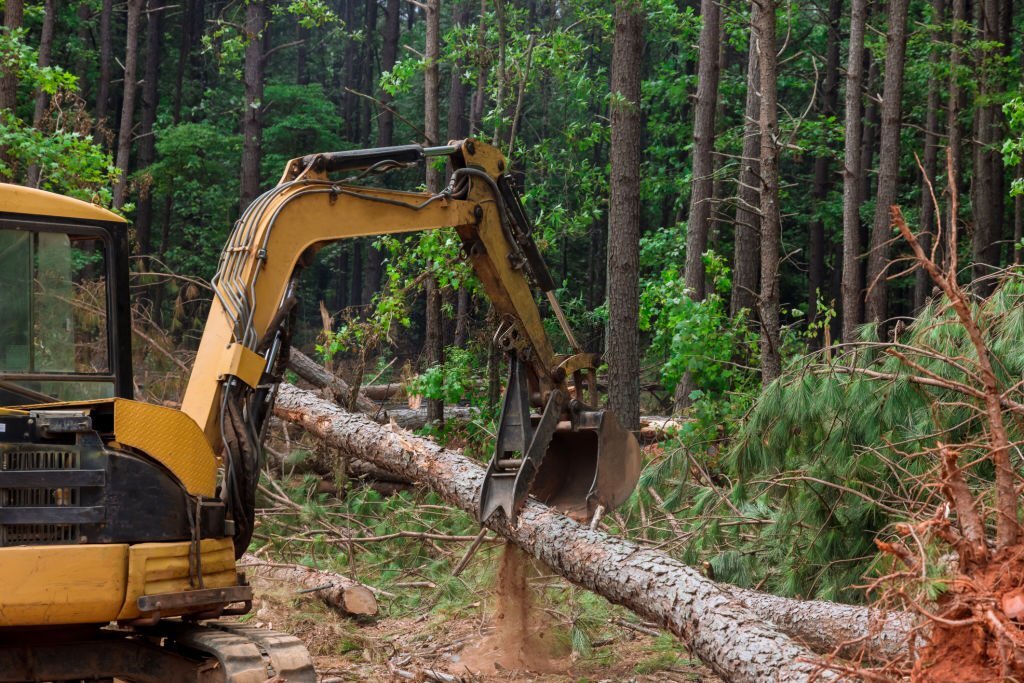
Sweeper machines excel at removing debris of all sizes from heavy equipment environments. Whether it’s small stones, wood chips, metal shavings, or larger debris, these machines can efficiently collect and contain it. This not only prevents equipment damage but also minimizes the risk of debris becoming projectiles that could potentially injure workers or damage vehicles and machinery.
3. Enhanced Safety
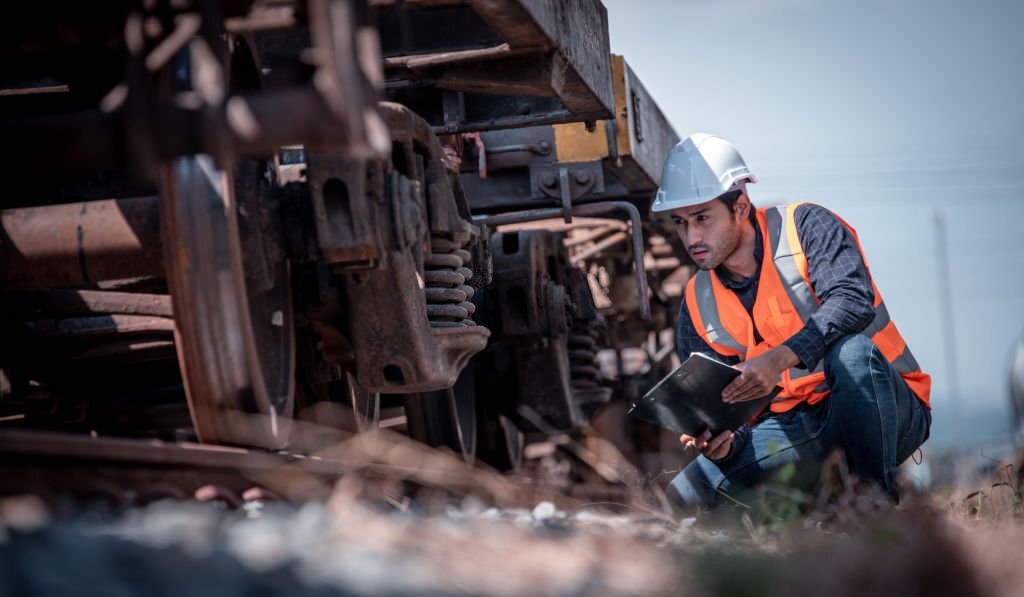
The removal of dust and debris by sweeper machines contributes directly to enhanced safety in heavy equipment environments. Improved visibility due to reduced dust levels ensures that equipment operators can work more safely, especially in high-traffic areas. Furthermore, cleaner surfaces reduce the likelihood of slips, trips, and falls, enhancing overall workplace safety.
4. Extended Equipment Lifespan
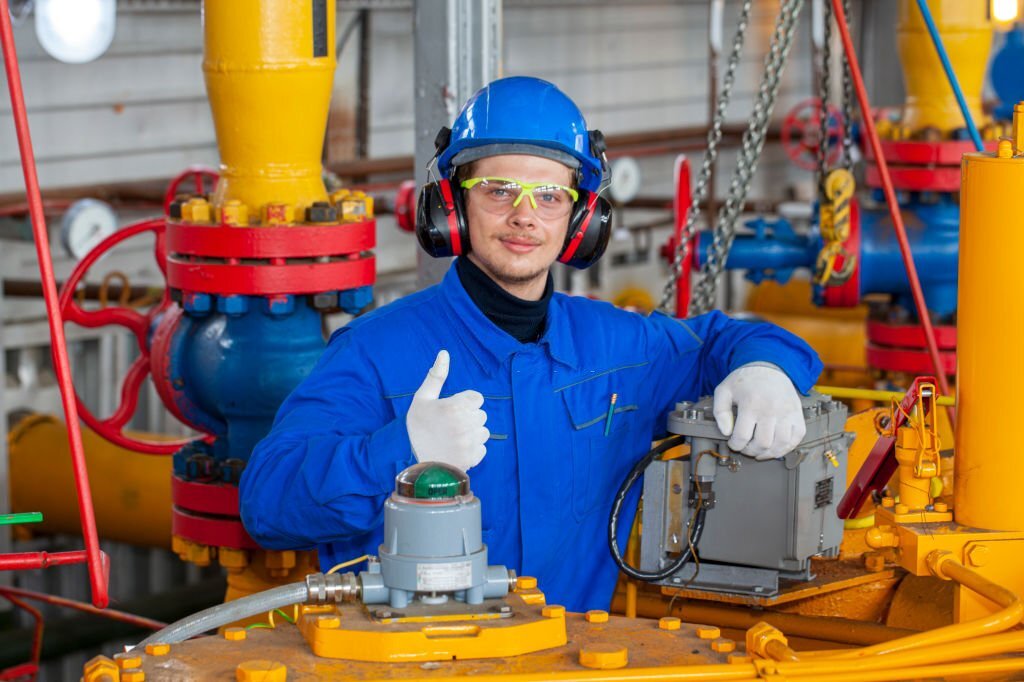
Dust and debris can be abrasive and corrosive, causing premature wear and tear on heavy equipment. Sweeper machines help prolong the lifespan of machinery by eliminating these damaging particles. By reducing the accumulation of debris in machinery and engines, sweeper machines contribute to lower maintenance costs and longer equipment lifespans.
5. Environmental Benefits

Sweeper machines are designed to be environmentally friendly. They collect dust and debris efficiently, preventing these particles from entering stormwater systems or contaminating nearby ecosystems. This eco-conscious approach aligns with sustainability goals and reduces the environmental impact of heavy equipment operations.
6. Clean and Professional Image
Maintaining a clean and orderly heavy equipment environment not only improves safety but also presents a professional image to clients, visitors, and regulatory authorities. Sweeper machines contribute to this by ensuring that surfaces are free from dust, debris, and unsightly litter, fostering a positive perception of the workplace.
Conclusion
Sweeper machines play an indispensable role in heavy equipment environments by efficiently combating dust and debris. Their functions encompass dust suppression, debris removal, enhanced safety, extended equipment lifespan, environmental benefits, and the promotion of a clean and professional image. In a world where safety, efficiency, and environmental responsibility are paramount, sweeper machines prove to be valuable tools for maintaining cleanliness and reducing health and safety risks in heavy equipment environments. By investing in these specialized machines, businesses can not only protect their assets but also create safer and more sustainable work environments.

